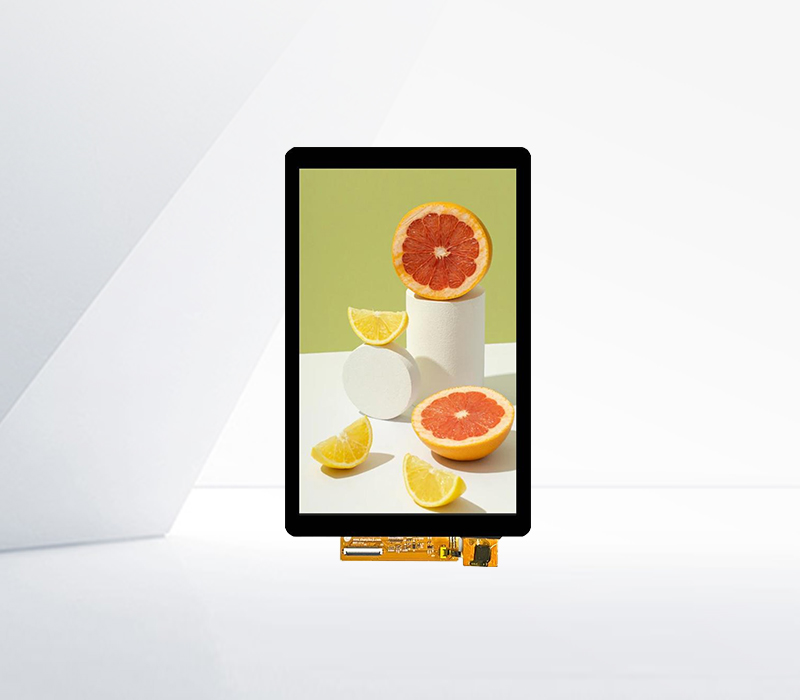




LCD displays with network interfaces are becoming increasingly important in the modern digital age, offering numerous advantages in terms of connectivity, content access, and interactivity.
1. Network Connectivity Options
These displays can be equipped with various network interfaces. Ethernet ports are a common feature, providing a stable and high - speed wired connection to a local area network (LAN). This is ideal for applications where a reliable connection is crucial, such as in corporate environments or for streaming high - definition video content. In addition to Ethernet, many LCD displays also support Wi - Fi connectivity. Wi - Fi allows for greater flexibility in device placement as it eliminates the need for a physical cable. It enables the display to connect to a wireless router, making it easy to access network resources and the internet from anywhere within the Wi - Fi range.
2. Content Access and Streaming
The network interface on an LCD display opens up a world of content access possibilities. With an internet connection, users can stream a variety of media content directly to the display. For example, they can access popular streaming services like Netflix, Amazon Prime Video, or YouTube. This allows for on - demand viewing of movies, TV shows, documentaries, and user - generated content. In addition to video streaming, users can also listen to music streaming services such as Spotify or Apple Music. The network interface also enables access to online news, weather, and other information - based services, transforming the LCD display into a multi - purpose information hub.
3. Remote Management and Interactivity
LCD displays with network interfaces can be remotely managed, which is highly beneficial in both commercial and home settings. In a corporate environment, IT administrators can remotely control and configure multiple displays, such as updating firmware, changing display settings, or pushing content to specific displays. This saves time and effort compared to physically accessing each display. For home users, some displays offer interactivity features through their network interfaces. For example, users can control the display using a smartphone or tablet app. They can adjust settings like brightness, volume, or input source remotely, or even mirror the screen of their mobile device onto the LCD display.
4. Integration with Smart Home and IoT Systems
These displays can be integrated into smart home and Internet of Things (IoT) systems. For example, they can be part of a home automation setup, where they can display information about other smart devices in the home, such as the status of security cameras, thermostats, or smart lights. The network interface allows for communication between the LCD display and other IoT devices, enabling seamless integration and enhanced functionality. In a smart home theater setup, the display can interact with other components like a smart media player or a voice - controlled assistant to provide a more immersive and convenient entertainment experience.
